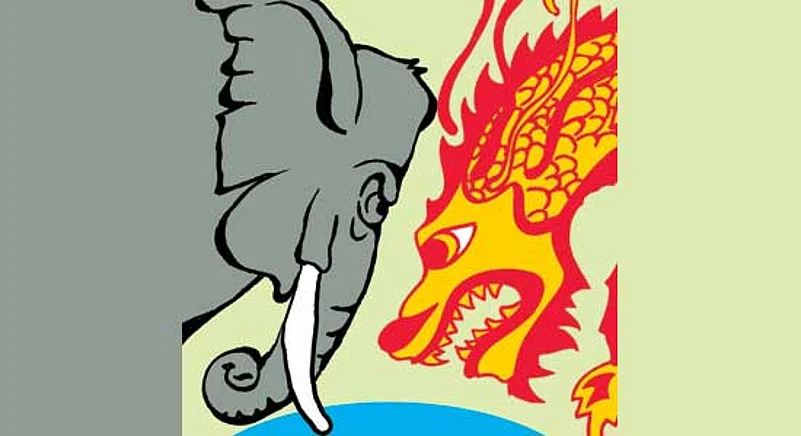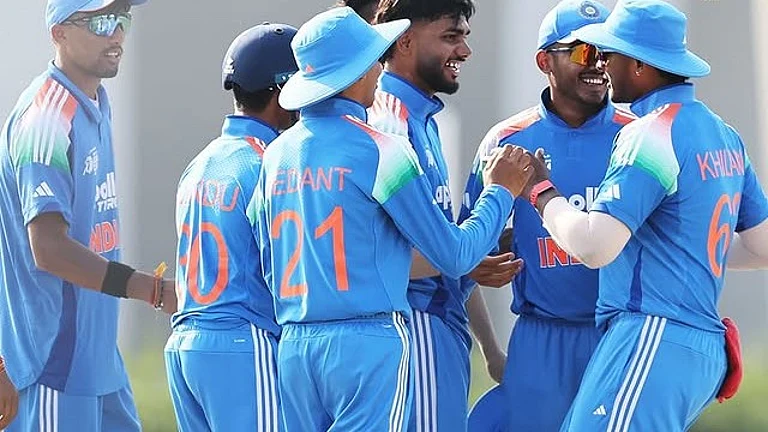The short answer to whether India and China will always be rivals is: yes. But rivals need not be enemies, neighbours need not get fratricidal. When there are two rising powers in a region, rivalry is inevitable. France and Germany or Brazil and Argentina come readily to mind. A 150 years ago, France and Britain were bitter adversaries. The rise of Teutonic nationalism and of Nazism united the two countries against a common enemy. The “end of history” with the triumph of liberal democracy has largely blunted Franco-German rivalry by entwining them economically, while the advent of the European Union has made the borders seamless. The ratification of the Treaty of Tlatelolco of 1967 by Argentina in 1994, making all of Latin America and the Caribbean a nuclear-free zone, has more or less eliminated any vestigial military fears that Argentina and Brazil may have had. But go to a Brazil-Argentina soccer match or a France-England rugby game and you will wonder if things have changed at all. Rivalries, it seems, are forever!
The situation between India and China isn’t very different. Nationalism arrived in both countries in the early 1900s, with the advent of Sun Yat Sen in China and M.K. Gandhi in India. This was after centuries of foreign rule over the Han and Hindu ethnic majorities. Decades of turbulence later, both countries emerged as “free nations” with entirely different systems in the 1940s. Mao Zedong and Jawaharlal Nehru were leaders with entirely different personalities and worldviews. Mao’s ruthless instincts were honed as the leader of the Communists in a bloody civil war. Jawaharlal’s were finessed under the Mahatma’s tutelage into that of a somewhat naive and dreamy idealist. In 1951, China annexed Tibet, rudely shattering the mutual remoteness of India and China the British had so assiduously nurtured by supporting an independent Lhasa. This, and the handing over of Xinjiang by the then ussr to the new People’s Republic of China, made the Han and the Hindu neighbours for the first time in history.
Since 1954, the legacy of a disputed border has flared up into a bitter row. Both countries are guilty of misinterpreting history. India’s claim to the barren and wind-swept Aksai Chin plateau rests on an arbitrary extension of the border in 1939 to the present claim line, first suggested by W.H. Johnson in 1865. Johnson was a discontented official of the Survey of India who made his fortune by vastly extending the Kashmir Maharaja’s domain on the map. The 1939 extension was done to create a buffer between Xinjiang, which had turned into a Soviet protectorate, and British India.
Similarly, the obsequious courtiers of the Qing (Manchu) dynasty in China were not averse to some cartographic conquests of their own. Ge Jianxiong, a well respected history professor at China’s prestigious Fudan University, has written that “the notions of Greater China were based entirely on one-sided views of Qing court records that were written for the court’s self-aggrandisement.” Ge has also written criticising those who feel that the more they exaggerate Chinese territory, the more “patriotic” they are. The present Dalai Lama lent weight to this by formally staking claim over Tawang, located below the McMahon Line, in 1947. Such is the stuff that wars are made of and the two countries have been in a military faceoff since 1962.
To be fair to the Chinese, they have at several times offered a package deal of settling the border issue by foregoing each other’s unhistoric, unsubstantiated claims in Ladakh and Arunachal Pradesh. India’s leadership has balked, lest it be accused by the opposition of the day of selling out. Only in recent days, a new wisdom seemed to be creeping into South Block, but the Chinese have suddenly turned recalcitrant. They now seem to suggest that the package deal is no longer on offer.
Other issues too have coloured perceptions. The voracious appetite for tiger parts in China is one. The rise of China is now being threatened by a slowing-down economy, and it’s locked in an irretrievable reverse hock to the vastly indebted US. By contrast, India has begun to experience heady growth rates, giving rise to a new giddiness about its place in the world. The Chinese don’t care too much for this. This is the stuff of competition. But not war. For both sides, as the song goes, are now endowed with the mushroom-shaped cloud! And so we will have to be content playing rivals.
(Mohan Guruswamy is the author of the recently published Chasing the Dragon: Will India Catch Up with China?)





















